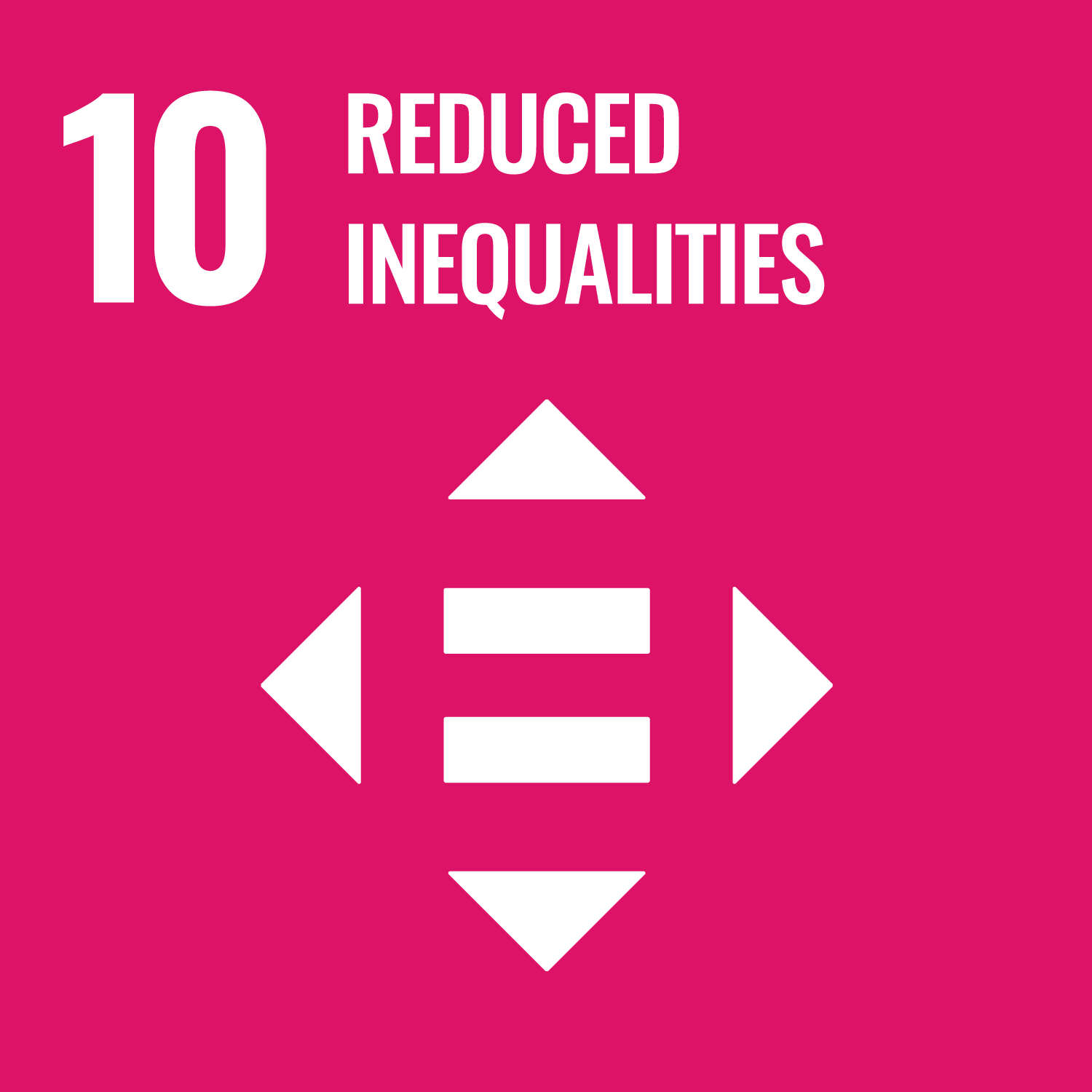Pickwell-Smith, B.A. orcid.org/0009-0003-1941-6444, Paton, L.W., Soyiri, I. et al. (2 more authors) (2025) Are there inequalities in ovarian cancer diagnosis and treatment in England? A population-based study. Cancer Epidemiology, 96. 102778. ISSN 1877-7821
Abstract
Introduction
Ovarian cancer ranks as the sixth leading cause of cancer-related mortality among women. Notably, there is a deprivation gradient in survival rates, with individuals from more affluent socioeconomic groups more likely to be alive at five years following diagnosis. This study examines disparities in treatment received and the timeliness of diagnosis and treatment across different socioeconomic groups in England, a country with universal healthcare.
Methods
The Cancer Registry identified a retrospective cohort of patients diagnosed with ovarian cancer in England between 2016 and 2017. Registry data were linked to Hospital Episode Statistics, Cancer Pathway, Systematic Anti-Cancer Dataset, and Diagnostic Imaging Datasets. The odds of surgery and chemotherapy were evaluated using logistic regression. The secondary care diagnostic interval methodology was used to calculate the starting point for the measurement of time to diagnosis and treatment and was analysed using quantile regression. All analyses were conducted using Stata v17. The study was registered on ClinicalTrials.gov (NCT05185388).
Results
A total of 9572 patients were included in the analysis. Area deprivation was a significant predictor of receipt of surgery and chemotherapy. The odds of having surgery and chemotherapy were 0.68 (95 % CI 0.57–0.82) and 0.68 (95 % CI 0.56–0.81), respectively, for patients from the most deprived quintile, adjusting for other factors. The interval measured from the beginning of the diagnostic pathway to treatment was significantly longer for patients from the most, compared with the least deprived areas after adjusting for important factors (median difference 4.50 days [95 % CI 2.72–6.28]).
Conclusion
In this large cohort of patients with ovarian cancer in England, we demonstrated that patients from more deprived areas are less likely to receive surgery or chemotherapy and wait longer to commence treatment. Further research is needed to understand why and what evidence-based actions can reduce these inequalities in treatment and timeliness.
Metadata
| Item Type: | Article |
|---|---|
| Authors/Creators: |
|
| Copyright, Publisher and Additional Information: | Crown Copyright © 2025 Published by Elsevier Ltd. This is an open access article under the CC BY license (http://creativecommons.org/licenses/by/4.0/) |
| Keywords: | Ovarian Cancer, Socioeconomic Inequalities, Treatment, Delays |
| Dates: |
|
| Institution: | The University of Leeds |
| Academic Units: | The University of Leeds > Faculty of Medicine and Health (Leeds) > School of Medicine (Leeds) |
| Depositing User: | Symplectic Publications |
| Date Deposited: | 06 Jun 2025 12:52 |
| Last Modified: | 06 Jun 2025 12:52 |
| Published Version: | https://www.sciencedirect.com/science/article/pii/... |
| Status: | Published |
| Publisher: | Elsevier |
| Identification Number: | 10.1016/j.canep.2025.102778 |
| Related URLs: | |
| Sustainable Development Goals: | |
| Open Archives Initiative ID (OAI ID): | oai:eprints.whiterose.ac.uk:227483 |
Download
Filename: Are there inequalities in ovarian cancer diagnosis and treatment in.pdf
Licence: CC-BY 4.0



 CORE (COnnecting REpositories)
CORE (COnnecting REpositories) CORE (COnnecting REpositories)
CORE (COnnecting REpositories)